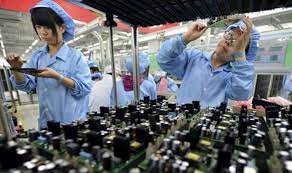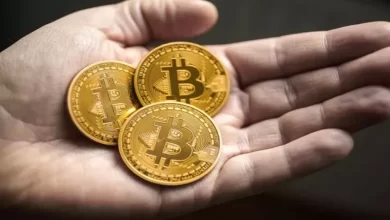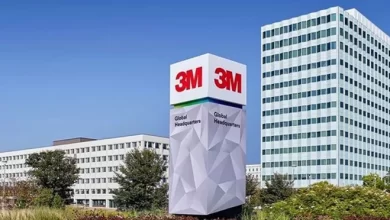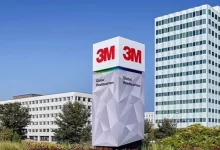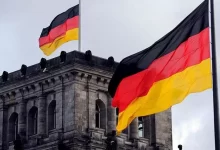While JIT delivery is still an important factor in minimizing inventory costs and maximizing efficiency, it has been experienced that it cannot be used in all critical automobile components.
In addition, the importance of alternative production facilities was noticed more. The Great East Japan Earthquake (GEJE) of March 11, 2011 had the potential to teach the world a lot about infrastructure resilience, risk identification, mitigation and preparedness, and disaster risk financing.
Among the many lessons learned from GEJE’s reconstruction and analysis, in the 10-year review “Learning from Major Disasters” by Shoko Takemoto, Naho Shibuya, and Keiko Sakoda, 3 common themes were highlighted that have emerged repeatedly through examples of good practice from various industries: The importance of planning, collaborative networks and collaborations in resilience development, and continuous testing and adaptations of resilience.
What has Toyota learned?
Toyota’s plant in the village of Ohira, Miyagi Prefecture, was without power for two weeks after GEJE. To avoid such losses in the future, companies in the industrial zone sought to secure energy by installing their own mini-grid system, the F-Grid. The F-Grid project is a collaborative effort of 10 companies and organizations in the Ohira Industrial Park.
Since a system used only for backup energy would be costly, the system is also used to increase energy efficiency in normal times. The automaker’s production fell by 78 percent after the earthquake. CFO Kenta Kon said, “After the Great East Japan Earthquake, we can now quickly evaluate alternative products.
“This was one of the factors behind our ability to reduce the impact of semiconductor supply in the last period.” After the 2011 earthquake, Toyota extensively reviewed its supply chain. Multiple layers of suppliers were examined. In the first stage of the crisis, a system was created to identify which suppliers and which parts were at risk.
Toyota regularly reviews its semiconductor supply and alternative products. This facilitates the transition to a new product when necessary. After the earthquake, it began to divide product categories according to their importance. “We started to carry more inventory for components considered to be of higher priority,” Kon says.
What has Nissan learned?
Hidetoshi Imazu, Nissan’s vice president of production and supply chain management, says Nissan has learned valuable lessons in dealing with the crisis from the powerful earthquake and tsunami that hit Japan.
Nissan factories suffered extensive damage, as did many of its suppliers. But the recovery has come at an impressive pace, largely due to the automaker’s cohesive response, Imazu says of the lessons Nissan has learned, improved and quickly put into practice: “Educating people to deal with crisis situations, get accurate assessment reports and share information. one of the most important elements.
In addition, delegation of authority and priorities need to be determined for what needs to be done, stopped or postponed. It is also critical that senior management get to the scene of the disaster quickly so they can accurately assess the situation and make informed decisions.” Nissan already had an Earthquake Crisis Committee since Japan was an earthquake zone. Fortunately, the drill took place two weeks before the March 11 earthquake and tsunami, Imazu says. “Some risks are predictable. You know they will come true eventually. The important thing is to be prepared and react quickly,” he says.

